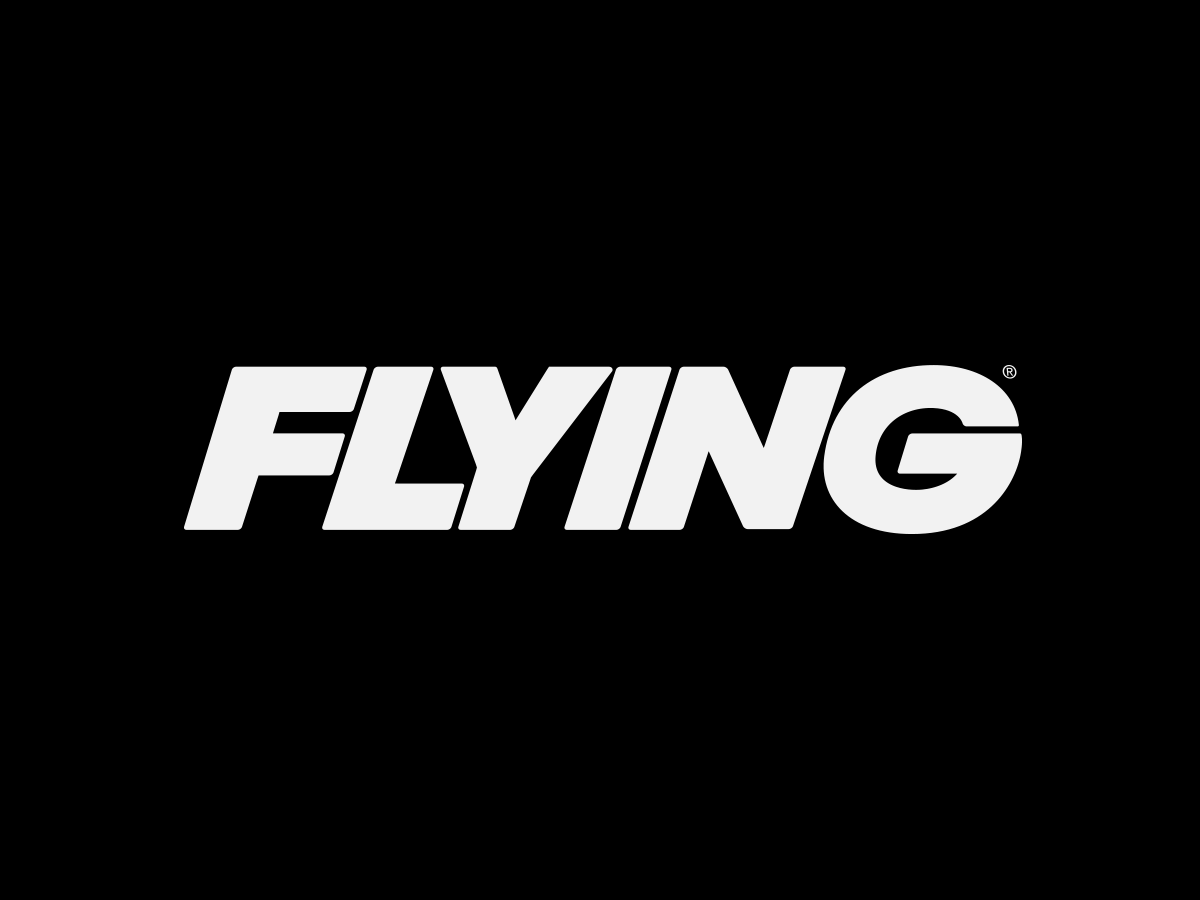
I've never been a big fan of touch-and-goes; and since my home runway is only 2,700 feet long -- with a displaced threshold, to boot -- it's really a moot point. For those who train or do their recurrent work on long runways, I suppose I see value in saving the time it would take to taxi back to the full length. But even in a Cessna 150 on a 7,000-foot runway, I always felt I was cheating myself out of all the valuable "runway behind me," as I rolled along. And over time, I've grown accustomed to the mental prep work I automatically run through while taxiing toward the departure end. On a touch-and-go, I invariably fear I might be missing something.
There is a big difference between touch-and-goes and practicing balked landings, aka go-arounds ("wave-offs" if you learned to fly in the Navy). Touch-and-goes involve making a normal landing and then hastily reconfiguring the airplane for a "normal" takeoff while still rolling. Personally, I like plenty of time for my relaxed brain to warm up to the idea that I'm about to go flying. And there are few, if any, reasons why one would want to take off immediately following a normal landing. A balked landing, in contrast, is a real-world emergency maneuver that we ought to think about on every approach and practice on a regular basis. There are dozens of scenarios in which a go-around might be prudent, or even life saving.
If you do perform touch-and-goes, I suggest establishing a set routine that will prepare you for the ensuing takeoff. You could even type the sequence out and post a 'cue card' in the cockpit. If there isn't time on the runway to perform all your usual checks, decide ahead of time what you can safely omit, and reassure yourself that none of the missing items will compromise the takeoff. Just before pushing in the throttle is a good time to talk to yourself, repeating those essential elements of your pretakeoff litany. And finally, never hesitate to refuse the touch-and-go if you are not totally comfortable with how events are working out. It's much easier to think it through on the side of the runway or taxiway at zero knots than 100 feet up and sinking fast.

Sign-up for newsletters & special offers!
Get the latest FLYING stories & special offers delivered directly to your inbox






